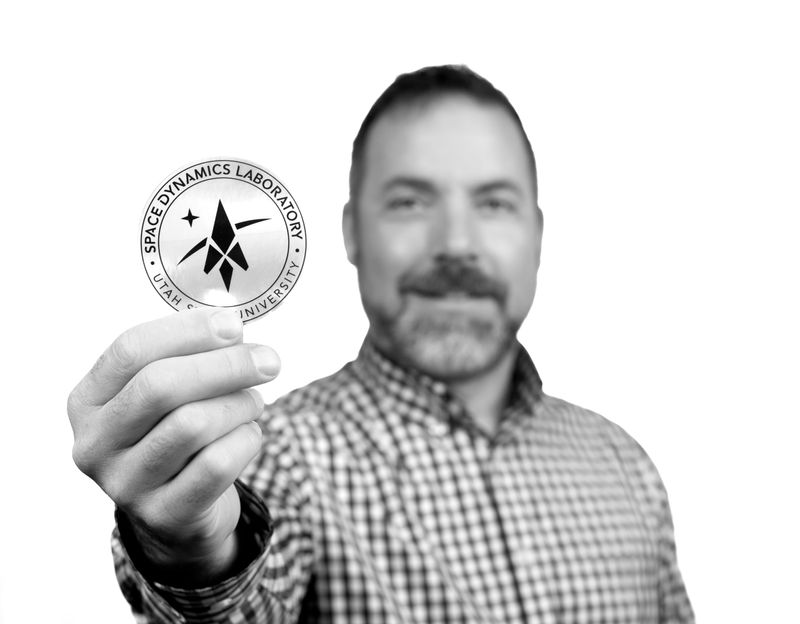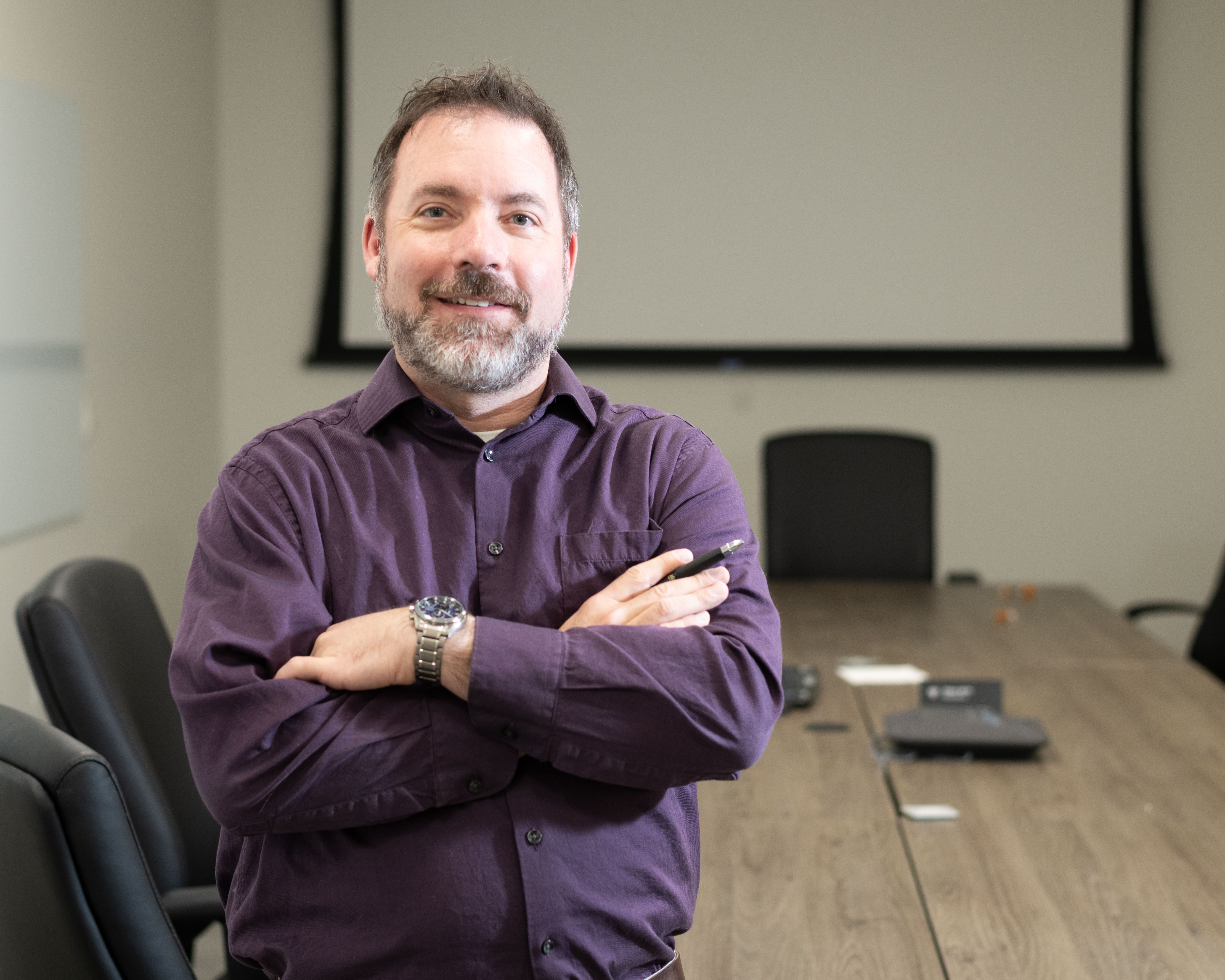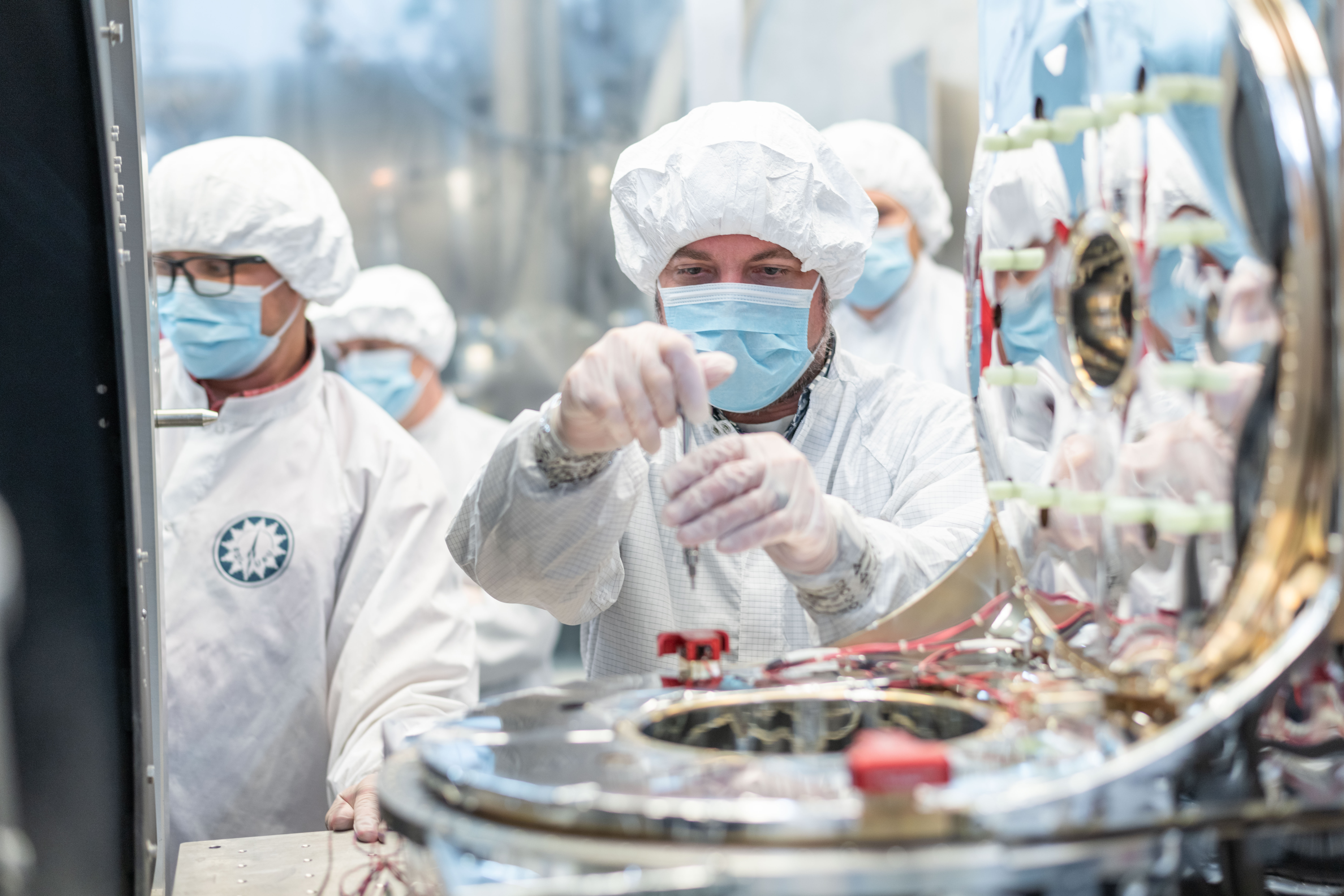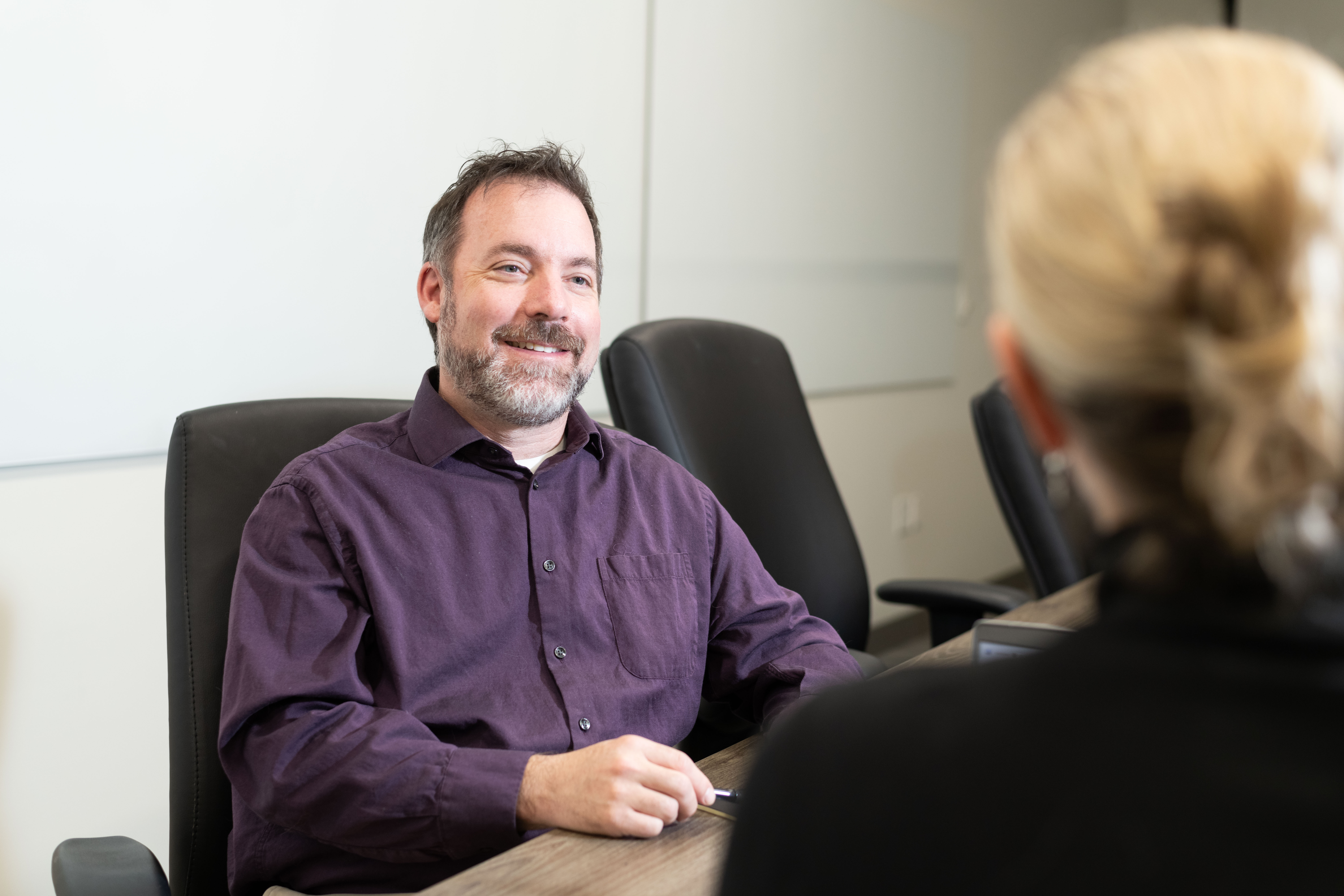
Get to know Paul Oppenheimer and his perspective on securing our nation’s future in space. Credit: SDL | Allison Bills
SDL Space Missions Branch Head Paul Oppenheimer has witnessed a dramatic shift in the space domain in his over 25 years of spacecraft engineering and program management.
A Changing Space Domain
When Paul began his career at the Naval Research Laboratory (NRL) over two decades ago, space was mainly an environment of scientific discovery and intelligence gathering. Satellites were the size of a school bus and took years to develop, and they were intended to last 10 years or more in orbit. Now, “space has become a warfighting domain,” Paul said.
The Government and its mission partners like SDL are responding to this more militarized space environment. Large spacecraft are now augmented by smaller satellites, which are built faster, have shorter lifecycles, and “can adapt to our customers’ needs or what adversaries are doing.”
The more contested that the space environment has become, the more technologies have grown. “The appetite for more risk means more advancement,” Paul reported. “There are so many cool concepts being fielded now because people realize the potential threats we face.”

Agile in Orbit
As the space domain rapidly changes, space capabilities must become more dynamic. The industry—including SDL—is focusing on creating more responsive, resilient space architectures. “Legacy systems would plan a satellite’s actions a week in advance,” said Paul. “If I knew what the adversary was going to do a week in advance, I would buy a lottery ticket.”
Spacecraft must have more capabilities to sense their surroundings, make decisions, and maneuver quickly. The capabilities that Paul’s branch is working on to enable greater agility in space include ground and on-orbit autonomy, advanced sensors, and rendezvous and proximity operations.
In addition to developing agile space technologies, agility is part of our mission approach as SDL works to secure our nation’s interests in space. Paul said, “Today’s problem may not be tomorrow’s problem. When one thing is solved, we move on to the next thing, or what we anticipate will be the next thing. As our customers pivot, we pivot.”

Mission Focused
Helping to solve the nation’s technical challenges has been the driving force in Paul’s career.
At NRL, Paul worked on spacecraft mechanism engineering before moving on to program management and space systems engineering. He supported DoD, NASA, and Intelligence Community missions for 20 years, working on first-of-its-kind research and development for fields including communications, remote sensing, and spacecraft robotics.
“I loved what I did for NRL, but at heart, my family is outdoorsy,” Paul explained. Interested in a move away from the busy Washington, DC, metropolitan area, he started learning more about SDL, “and the stars aligned.” He was drawn to SDL’s nonprofit mission as a University Affiliated Research Center, as well as Utah’s plentiful open space.
Paul says his job as a branch head is to give his team the best opportunities for success—the right tools, connections, and help. “A big part of my job is clearing the lane so people can do good things.” In addition to working with an “amazing” team, he is motivated by working on exciting missions that make a difference.

A Space Nerd in the Outdoors
“I’ve been a space nerd my whole life,” Paul laughed. His parents like to tell the story of Paul showing up for the first day of kindergarten with his treasured astronomy book in hand.
Don’t take that to mean he’s indoorsy—Paul’s passion is outdoor adventuring. He enjoys just about every outdoor activity you can name, including splitboarding, mountain biking, pack rafting, and more. His family particularly enjoys rock climbing and canyoneering in southern Utah, and their four-year-old “fluffball” Keeshond’s favorite activity is cross-country skiing.